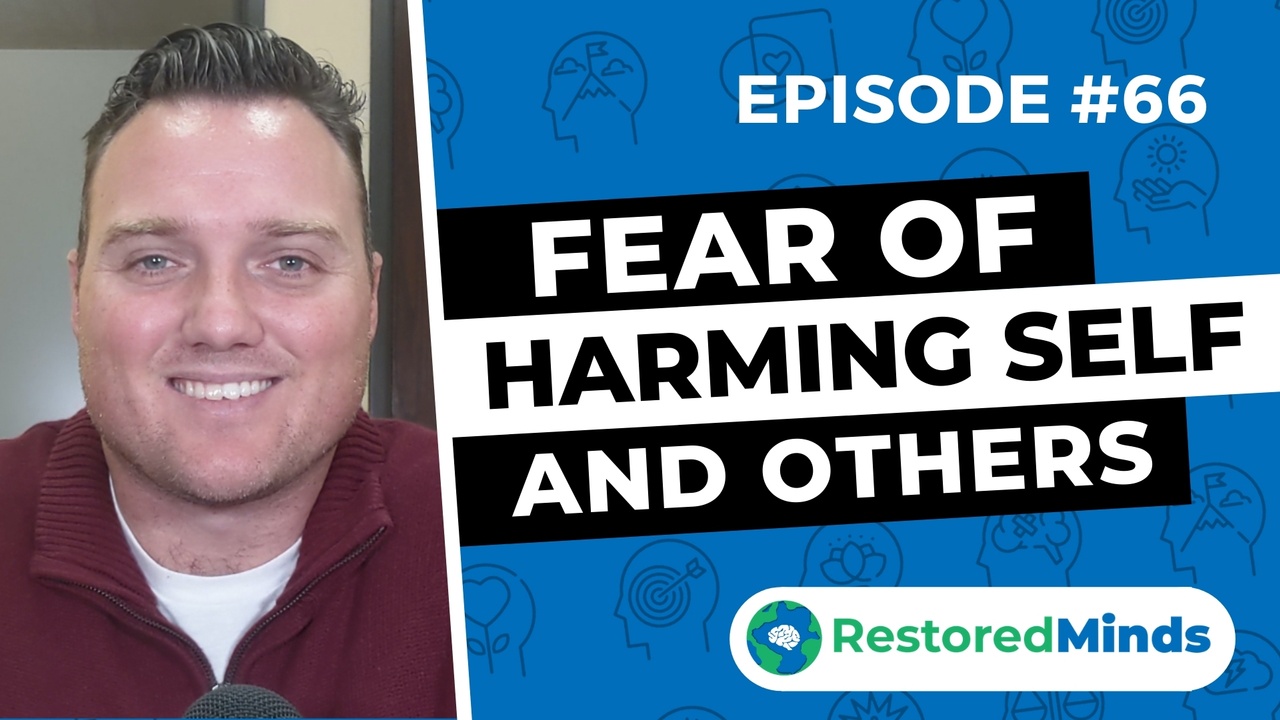Fear of Harming Self and Others
Feb 02, 2021
Understanding the Fear of Harming Self and Others: A Comprehensive Guide
What is the Fear of Harming Self and Others?
The fear of harming oneself or others is a prevalent concern, often found on the OCD spectrum. It involves intrusive thoughts such as, "What if I hurt myself?" or "What if I harm someone else?". These thoughts are alarming because they are intrusive and ego dystonic, meaning they conflict with your core values and desires.
Ego Dystonic vs. Ego Syntonic Thoughts
Understanding the difference between ego dystonic and ego syntonic thoughts is crucial:
-
Ego Syntonic Thoughts
: Align with your values and desires.
-
Ego Dystonic Thoughts
: Conflict with your values and are the opposite of what you want.
When dealing with fears of harming yourself or others, these thoughts are typically ego dystonic, causing significant distress.
Identifying Ego Dystonic Thoughts
One way to identify ego dystonic thoughts is by recognizing the anxiety they provoke. People who genuinely want to harm others usually do not feel anxious about their thoughts, which align with their desires. If you are distressed by these intrusive thoughts, it is a good indicator that they are ego dystonic.
Diffusing from Intrusive Thoughts
It's important to learn how to observe your thoughts without identifying with them. Matt explains that understanding you are the observer of your thoughts, not the producer, can help alleviate the distress caused by intrusive thoughts. Most thoughts occur randomly, and you have control over how you respond to them, not the thoughts themselves.
Shifting Focus to Behaviors
Once you differentiate between ego dystonic and ego syntonic thoughts, it is essential to analyze your behaviors. Intrusive thoughts often lead to harmful behaviors such as avoiding sharp objects or driving.
Additionally, you may engage in mental behaviors like trying to push the thoughts out, replacing them with positive thoughts, or analyzing your past to convince yourself you haven't acted on such thoughts before. These behaviors can perpetuate the cycle of intrusive thoughts.
Exposure and Response Prevention (ERP)
To break free from the cycle of intrusive thoughts, you must systematically eliminate these behaviors through Exposure and Response Prevention (ERP). This involves exposing yourself to the thoughts without engaging in the reinforcing behaviors.
Acceptance and Commitment Therapy (ACT)
ACT encourages you to accept the presence of intrusive thoughts without trying to eliminate them forcibly. Instead, focus on living according to your long-term values and commit to not engaging in harmful behaviors.
Conclusion
Understanding the fear of harming self and others, recognizing ego dystonic thoughts, and learning effective behavioral strategies are essential steps to overcoming these intrusive thoughts. At Restored Minds, we are committed to providing the tools and resources you need to navigate this challenging aspect of OCD.


